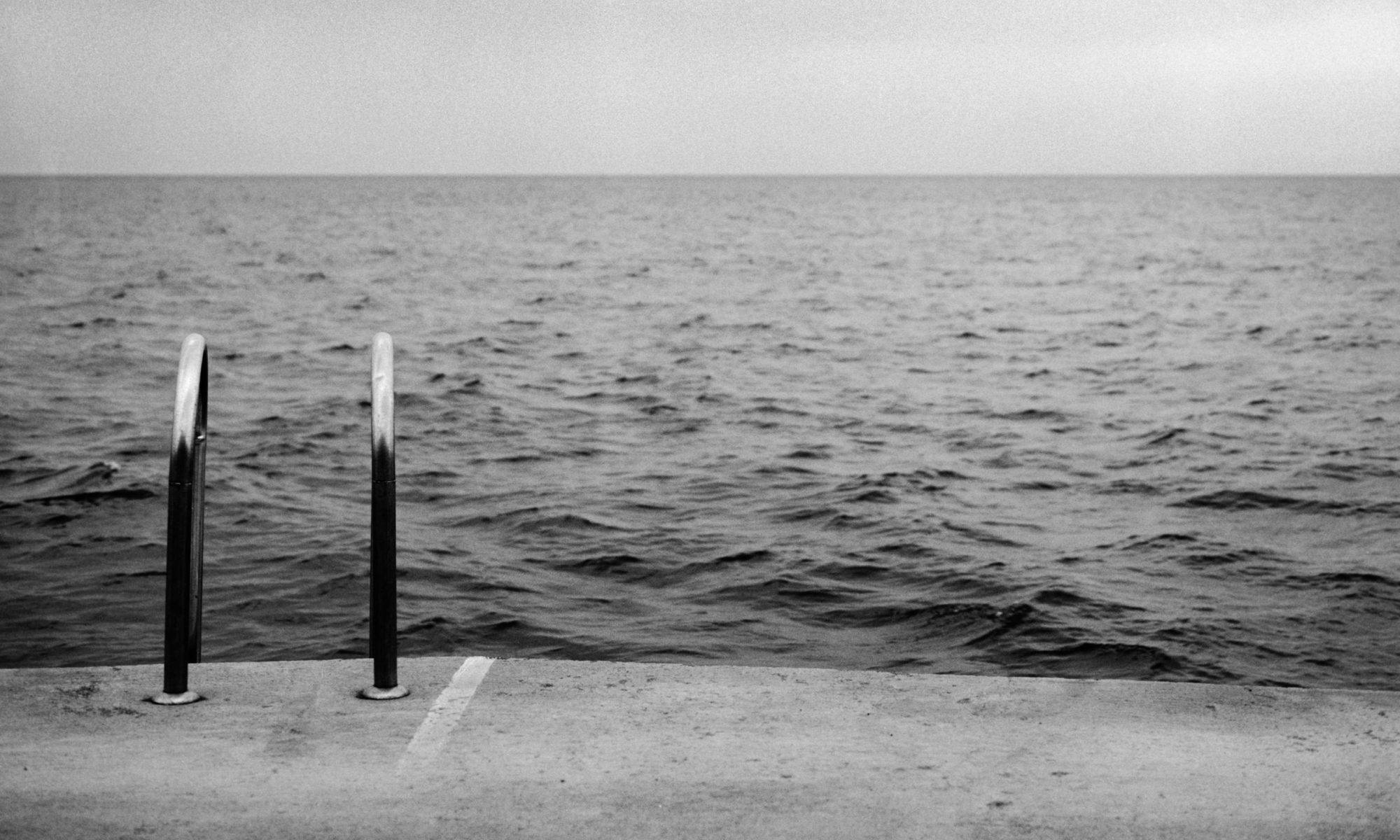“Access to safe drinking water is essential to human health. Each person on Earth requires at least 20 to 50 liters of clean, safe water a day for drinking, cooking and simply keeping themselves clean.” – Oregon Health Authority
In Oregon, many public water systems are required to treat, disinfect and monitor water quality for their customers. A public water treatment system is well designed and employs trained technicians to test and maintain water quality. I am one of these technicians.
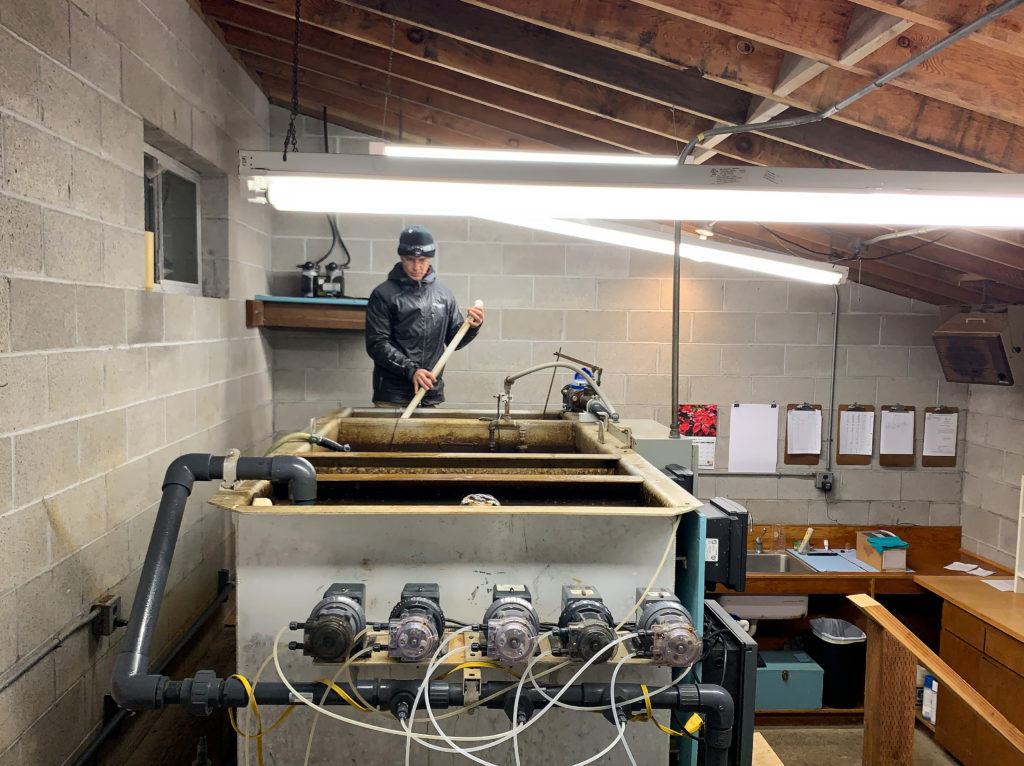
The realtor had given us the access code to what would eventually be our first opportunity at home ownership. My stepfather and I we’re looking at the empty shell. I remember turning on the water at the kitchen sink. I thought nothing of it other than it smelled a little like trees and forest. We walked around the yard impressed with the view. The eastern neighbor strolled up the driveway. His name was Marty. He had an easy-going personality and a good energy about him. The conversation evolved into one about the water. The community’s water. He asked us if we would like a tour.

Our first stop was the raw water reservoir which was bubbling in the middle. Next, we stopped at the clean water reservoir: we stared up at the tank. It was a small version of bigger tanks I had seen over the years. Finally, we explored the treatment building. Inside a large metal tank that contained dividers was fed by pipes and surrounded with pumps, electronic meters and levers. More specific recollections are vague. It was a nice tour that meant very little to me at the time. The water ran in the house. The house had a view. The price was in our reach. Thirty-three days later we began moving in. Our first home .
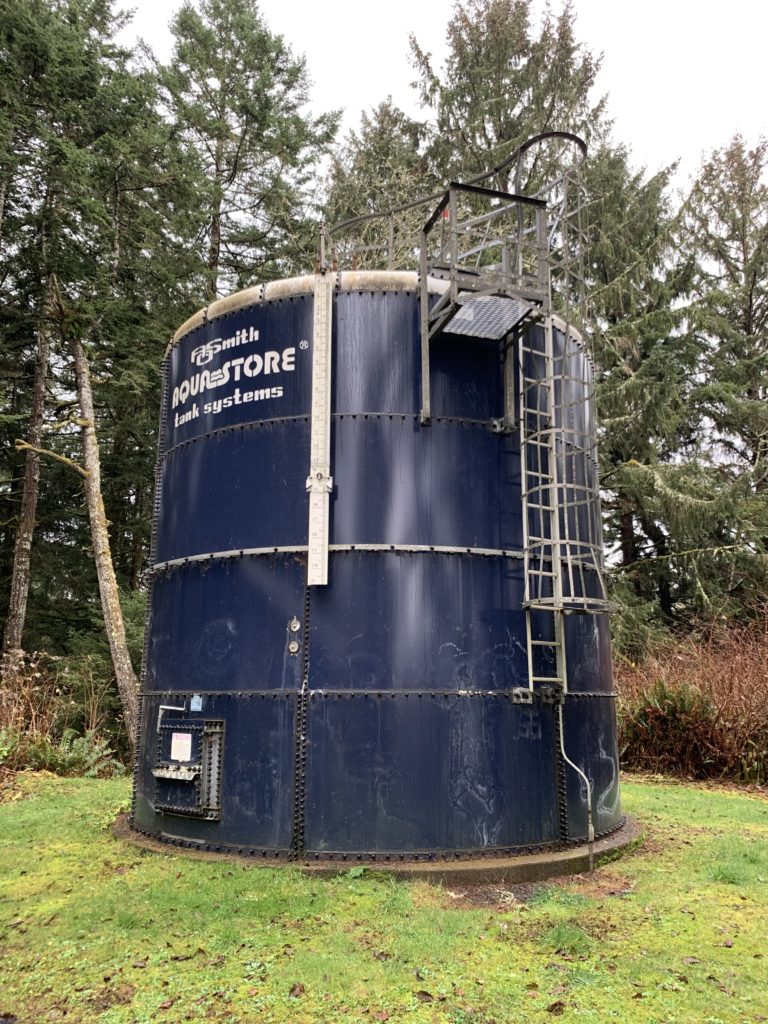
My recollection of the tour is one that has reoccurred several times in the last month. Next to me, on my desk is a Water Feasibility Study. Our water association has been fortunate to have received a grant that made this feasibility study possible. “Work under this contract is funded by the federal Safe Drinking Water Revolving Loan Fund through Business Oregon and a partnership of local and/or private funds”. It’s a draft version. I need to read it over and provide comments and feedback in preparation of the final version. The study foreshadows capital improvement plans, sources of funding and outlines our system infrastructure.
Our association board, of which I am a member, also needs to review the material and deliberate at our annual meeting. We’ve got many things to consider. Not all of them pleasant. We will likely need to raise user rates. Our capability to keep making safe water has been more difficult this winter. Gravity aids the delivery of water to nineteen homes. Our little community must begin looking into the future. Climate change is showing us her teeth: our raw water reservoir is not turning over at the rate needed. The turbidity (the quality of being cloudy, opaque, or thick with suspended matter) is not dropping like it has in previous winters. Treating the water has become more laborious and difficult; we need more rainfall to replenish the water contained by the dam.
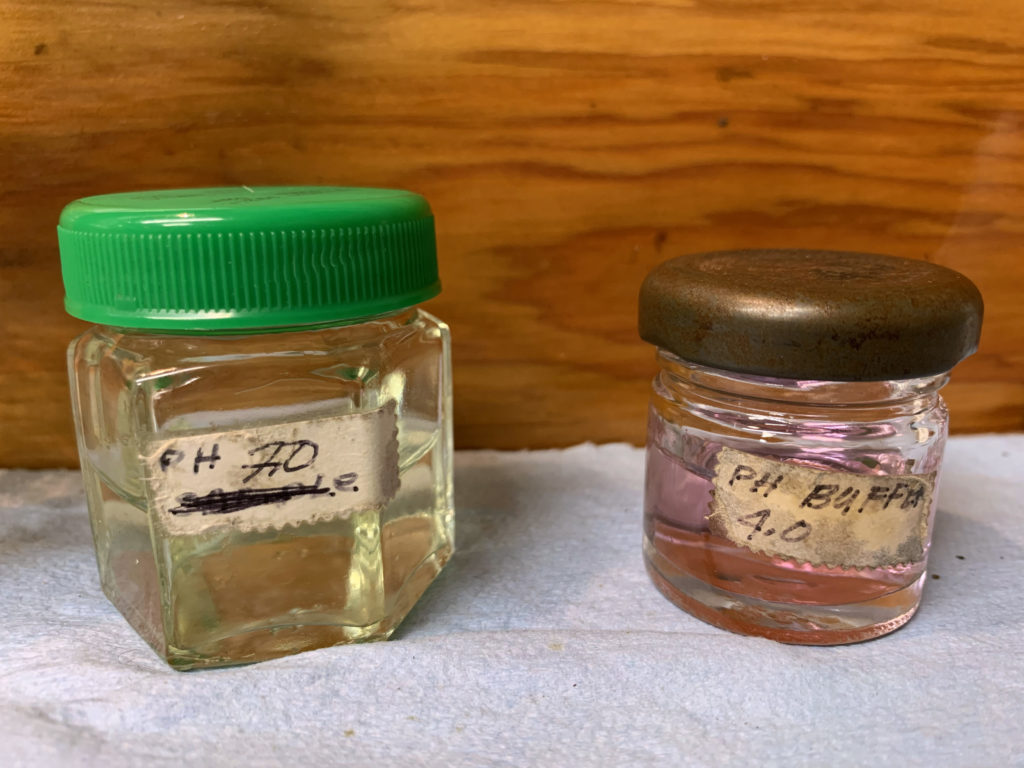
Drinking water regulations were established in 1974 with the signing of the Safe Drinking Water Act (SWDA). This act and subsequent regulations were the first to apply to all public water systems in the United States. The Environmental Protection Agency (EPA) was authorized to set standards and implement the act. With the enactment of the Oregon Quality Drinking Water Act in 1981, the State of Oregon accepted primary enforcement responsibility for all drinking water regulations in the State. (*)
As a water technician I am required to ensure these standards are followed and implemented. We regulate contaminants which present health risks that are known, or are likely, to occur in our drinking water supply. My duties are not terribly difficult to execute. But, it did take a while to understand the process. In the beginning, I watched my cohorts as they went through our procedures and explained their thinking. Several sessions later and I was on my own. Over the years, I’ve had a few refreshers. I vaguely recall what I learned in an eight hour class with State of Oregon Health Department. My process is one that’s more of reflex than actual technical knowledge. That’s always bothered me a little because when I run into problems, I feel less adept at troubleshooting solutions.
The good news is the plant will simply not run if we don’t hit our State required numbers: we can manually override these systems, however. In years past, I am told that water quality had its horrendous moments. During those periods – it was likely unsafe to drink. It looked and smelled awful and discolored laundry. Fortunately, around this time, a lovely couple moved into the neighborhood and heralded what I call the golden age of Bay Hills Water Association. Their competency, knowledge and interest brought our system into its current status: we are compliant with State requirements and produce a decent product. Complaints are uncommon.
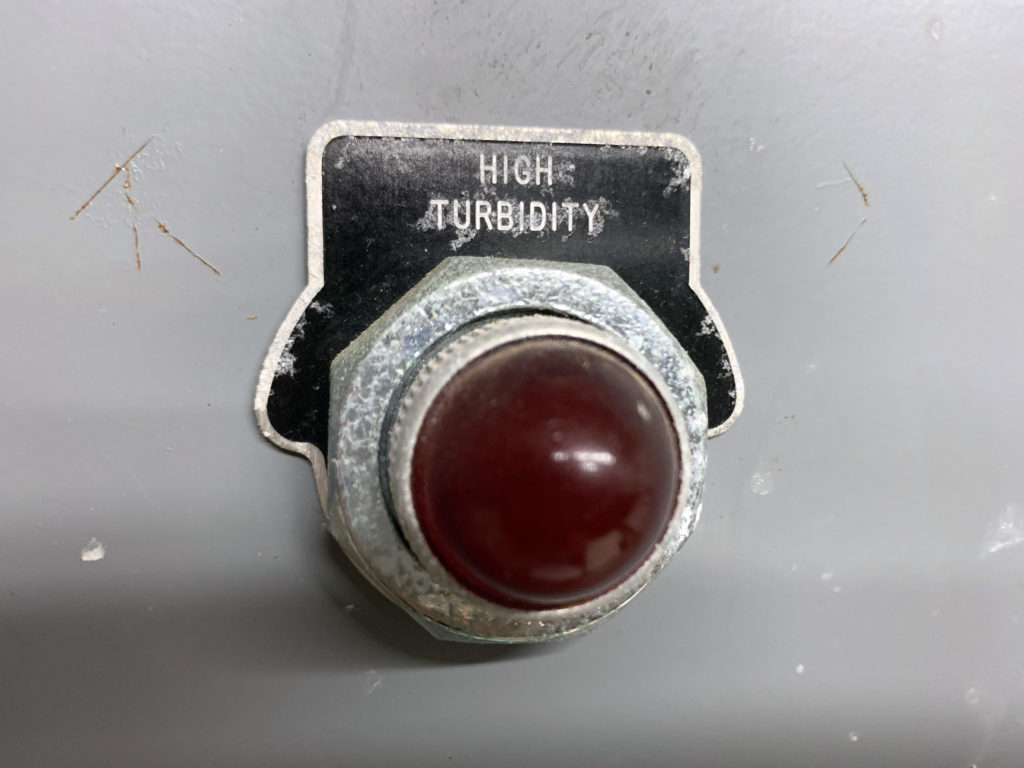
Hikers and hunters know that water from rivers, lakes, ponds and streams can contain bacteria, parasites, viruses and other possible contaminants. Fecal coliform bacteria, Giardia and Cryptosporidium are the big offenders. What I’ve since learned, and at times is problematic in our efforts, is the presence of disinfectant byproducts (DBPs). When chemical disinfectants such as chlorine are used – residual chemicals may emerge. These compounds are called Trihalomethanes (TTHMs). They result from the reaction of chlorine or bromine with organic matter present in the water being treated. At elevated levels, THMs have been associated with negative health effects such as cancer and adverse reproductive outcomes. (National Center for Biotechnology Information).
In the US, we attempt to define numerical thresholds for negative health outcomes. The EPA refers to this as the maximum contaminate level (MCL). As long as these thresholds are not passed, we generally proceed with a sense of safety. In accordance with Oregon Administrative Rules (OAR) and with the assistance of the Oregon Health Department, Bay Hills Water Association both monitors, mitigates, tests and reports for the presence of Disinfectant Byproducts (DBPs).
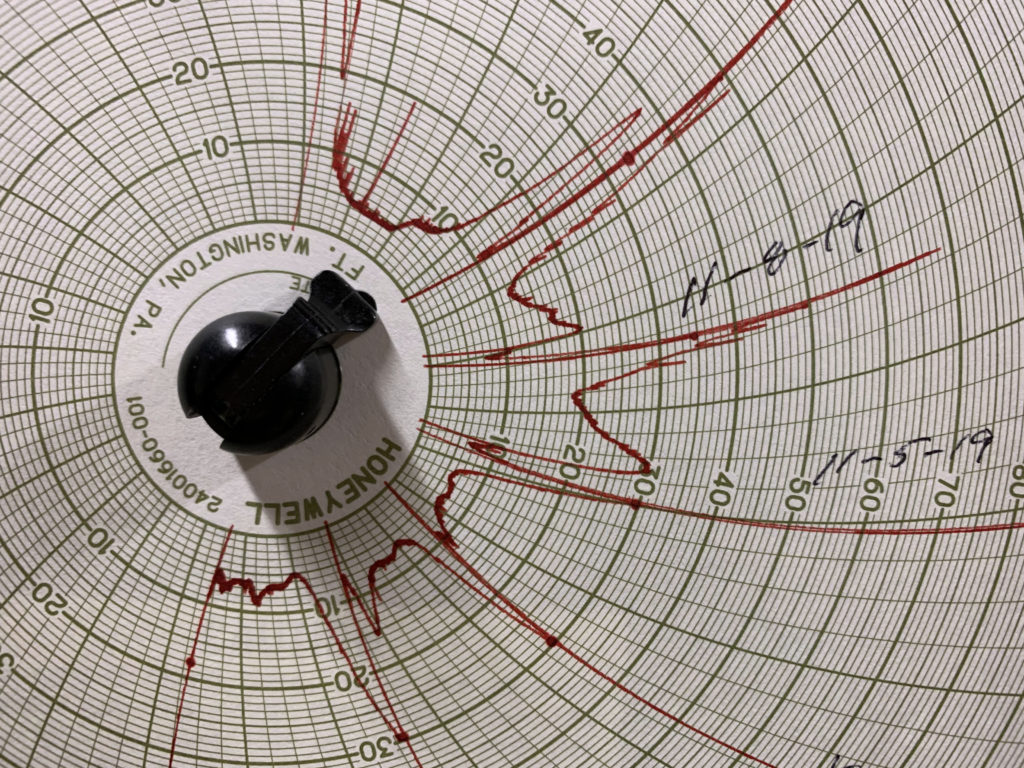
Generally, we do pretty well. Most of year we do not test positive for DBPs. Our most difficult months are August and September when our raw water reservoir has the least turnover. The water is dirtier. More sediment means using more chlorine. Using more chlorine increases the production of Trihalomethanes. More Trihalomethanes increases the health risks. Cancer and adverse reproductive outcomes are a known result (Oregon Department of Human Services).
Imagine how the world has changed since the discovery and use of chlorination. “Chlorination is the most widely used disinfectant, both in centralized water distribution systems and for point-of use treatment in individual households. Its effectiveness against a wide spectrum of disease-causing organisms, relatively low cost and high reliability contribute to its popularity.” – The World Chlorine Council (a global network of national and regional trade associations and their member companies representing the chlorine and chlorinated products industries.) Even though they are an industry advocate they to recognize the risks.
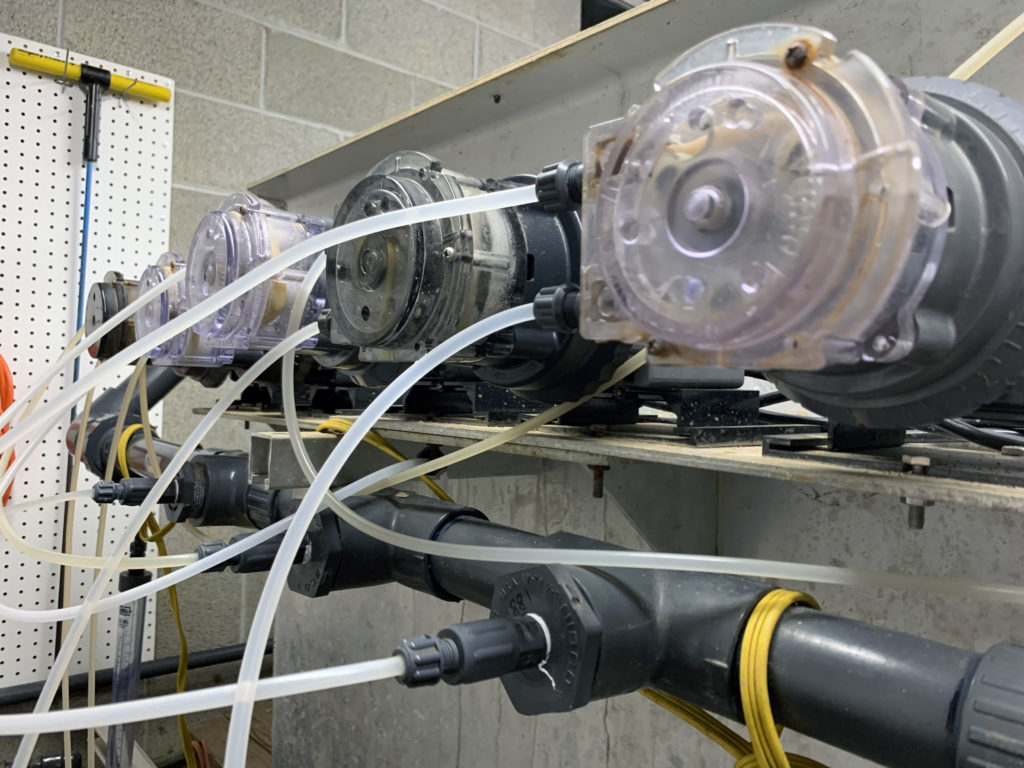
As one of three water technicians, ten days out of the month, I am on duty. We like to keep our 26,000 gallon “clean” water reservoir no less than half full. Should we have a leak or a fire it allows us some breathing room – but not much. Water disinfection technology has changed very little. Our system uses chlorine to mitigate the above-mentioned contaminants, soda ash to control pH, a coagulant to clump together particulates, and a carbon filter bed as a final trap before the treated water is pumped to storage.
I am paid fifteen dollars an hour. In my mind it is largely a volunteer effort. I can make more money doing other types of work. Being paid a modest fee reduces the cost to my household and the nineteen other metered homes who make up the Bay Hills consumers pool. Users are billed a base rate of $65 per month. Our consumption charge is $15/1,000 gal. Volunteer workers will receive a $20 month discount.
Our water feasibility study is an important document foreshadowing priority projects and other recommended improvements. The “Priority 1 Project” details a capital improvement project that addresses our current raw water turnover dilemma. The study also details some improvements in the treatment plant that would potentially reduce disinfectant byproducts. The cost estimate is roughly $410,000 ($21,000 per household). This pathway assumes a continued supply of fresh rainwater to our watershed. If climate change continues and annual rainfall lessens, we’ll need to take other actions. It’s concerning. At least we have a road map to the future. I am curious and hopeful that our association board can work together, find consensus and take action.
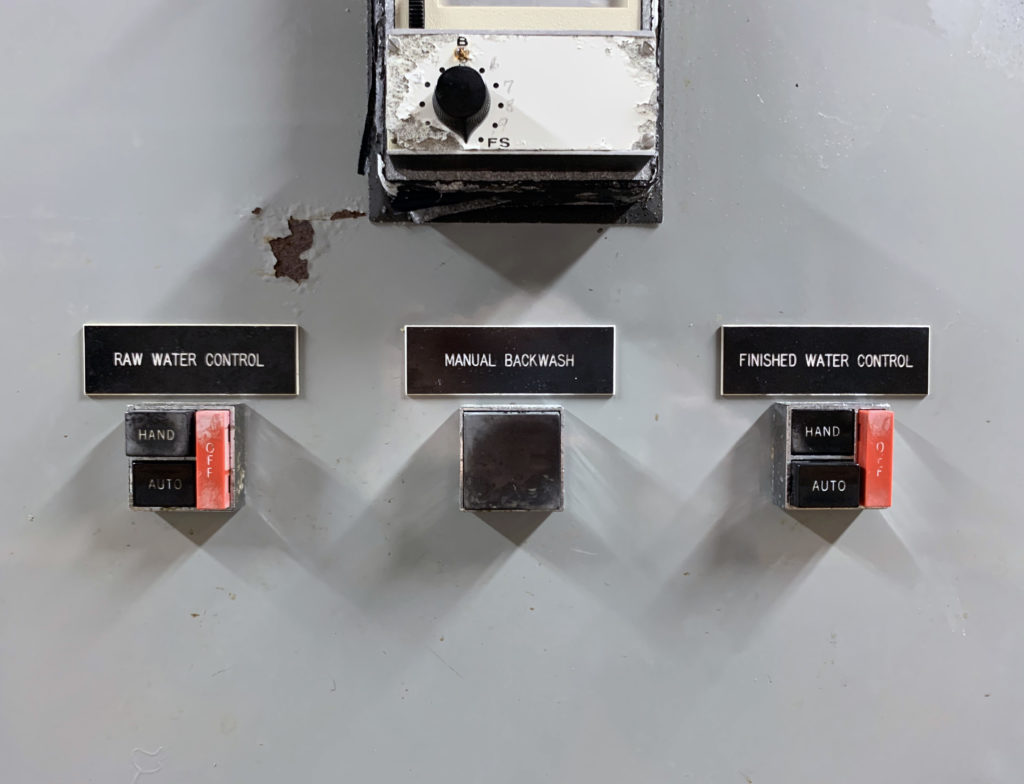
This may be where my particular skill as a communicator comes into play. This essay is my first effort to describe in words the nature of our situation. We’ll need to distill (no pun intended) our options, analyze alternatives and present these to the community. Our path forward needs to ensure clean drinking water and the viability of our water system into the future. A house without water is not a house that looks desirable to a new buyer. A house without water is not one that is likely to be lived in.
Our annual community meeting (surprise, surprise) is rarely attended. Nor are our board meetings which are both publicized and open for participation. In my observation we have not engaged in any meaningful outreach that motivates participatory feedback. We’ve been status quo with a hint of wishful thinking. We’ve got some work ahead of us. Nevertheless, there’s nothing quite like “increased rates” for getting the community fired up. And, God forbid, if water should not appear at the tap. That would certainly cause the phone to start ringing!
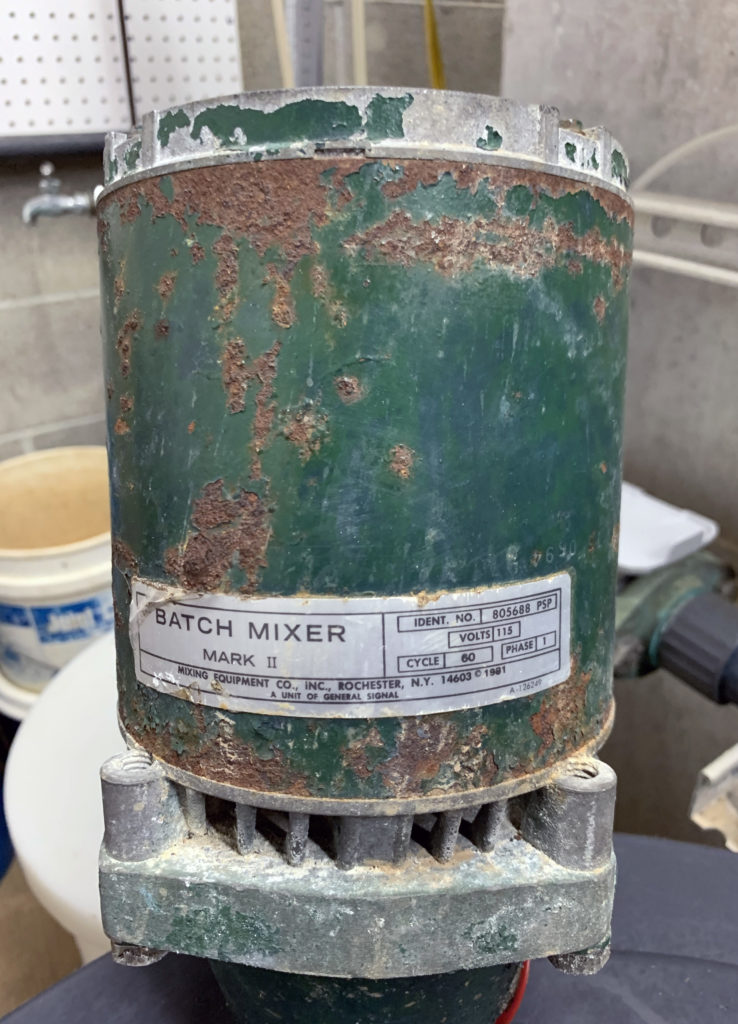
Over the years, living here, I’ve been inspired to explore many other lines of inquiry in regard providing water to our home. The water technician role has opened my mind to thinking about what really constitutes “clean” water. I’ve got some models of how our home can get off the grid. Living on the Bay road has opened my mind to the concepts of water scarcity, climate change, and the fact that most “developed” communities don’t utilize grey water mindfully. It is nonsensical to use treated water for flushing the toilet and watering the yard. In fact, it may have bigger and scarier implications for disinfectant byproducts on a scale that’s ironically disturbing. Living here has compelled me to think about alternatives in a way I may never have had to if we lived in the City, with the strength of numbers in a larger municipal infrastructure.
When water runs at the tap – we are happy. Long showers sooth the mind and body. It’s easy to ignore the implications of wastefulness and life without our most precious resource.
Mid-Coast Water Planning Partnership. What does local/regional planning and coordination look like? Why is water planning needed on the coast? The Mid-Coast needs reliable water supplies. Although the mid-coast receives ~70 inches of rainfall annually, local communities have struggled to meet water demands in recent years. A 2008 study found that, given current supplies and infrastructure, water suppliers could have insufficient supplies by as early as 2020.
http://midcoastwaterpartners.com/
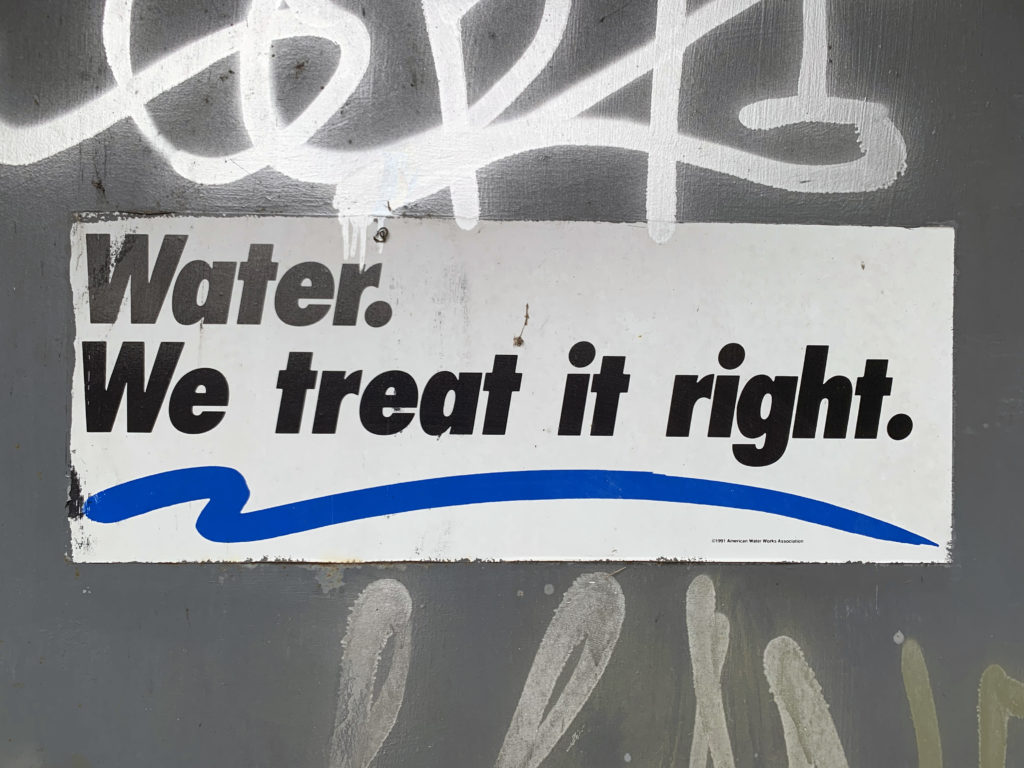
During this round of research I stumbled upon a couple of videos that were very intriguing and underscore the importance of water in the big picture. The first is Water, Cells, and Life | Dr. Gerald Pollack. He presented his finding at a TED Talk in 2016. “So your muscle, or whatever cell, is not working properly if it doesn’t have EZ water. Of course, if you have some EZ water, then it functions, but not quite as well as if you have a full complement of EZ water. You have potential energy from the EZ, which drives the work of the cell.”
This excerpt is just part of a fascinating analysis of the importance of water in cells functions. The analysis begs further inquiry into the quality of that water. Really cool. It underscores why I feel that blending vegetables has a profound effect on my health. I’ve noticed when I’m blending that I drink less water. Yet, I find myself peeing quite a bit. More so, than when drinking the same amount of water (16 ounces of blend vs. to 16 ounces of water). It’s the EZ. I just never had a scientific explanation for what I’ve experienced. Super!
The video below demonstrated “The bridge between water and life | Dr. Adam D. Wexler. Water is essential to life, to our health, and the stability of our world. Yet a complete scientific description of the material itself eludes us. Don’t you just love TED?! This is a remarkable video of one man’s journey to understand the significance of water. There are some interesting things happening here. You should let this one soak in. No pun intended, again. We are very literally recycling one of our life’s essence paradigm shift, blow your mind if your let it, concepts. Wexler’s inquiry begins with his practice of craniosacral therapy and it’s mysterious benefit. Eventually, leads him to water.
What In The Bleep Do We Actually Know About Water?
https://bengreenfieldfitness.com/article/nutrition-articles/what-is-structured-water/
Stay thirsty my friends!
* Much sourcing for this essay was provided by our draft “Water Feasibility Study” (December 2019). HBH Consulting Engineers out of Newberg completed the work with assistance, technical and historical data from Bay Hills Water Association. Special recognition to John and Linda MacKown for their tireless efforts to make water in our community not only accessible but to the standards set by the State of Oregon. They are true champions in our neighborhood with commendable ethics and compassion for their neighbors. There are others, too. Our entire Board is the most active. A few others contribute volunteer hours to keep water running at the tap. XOXO.
